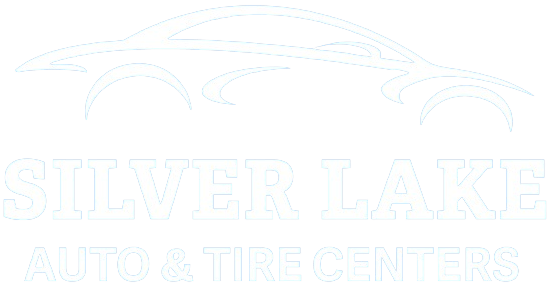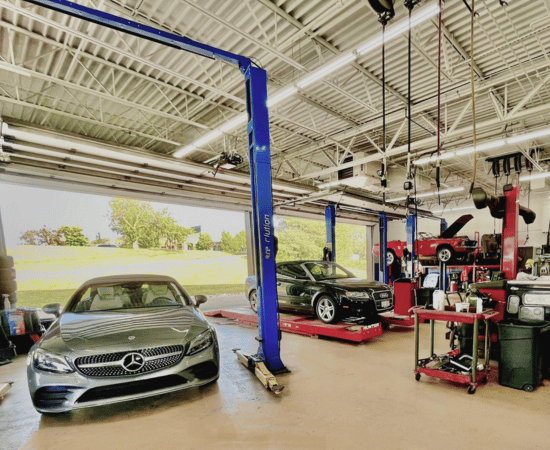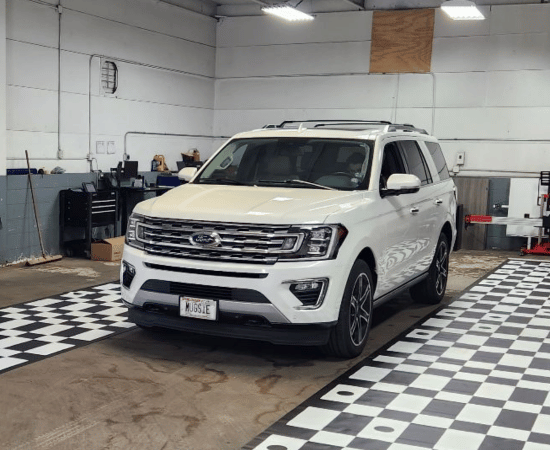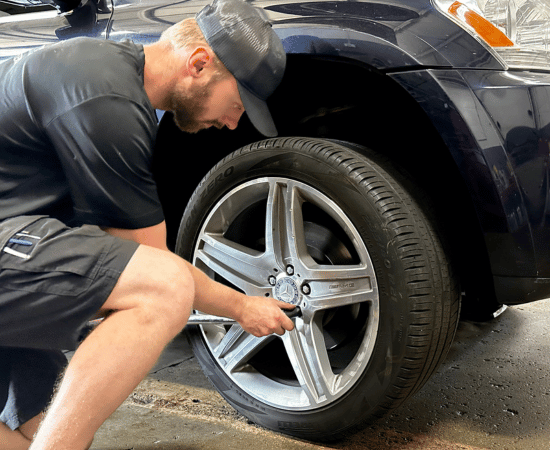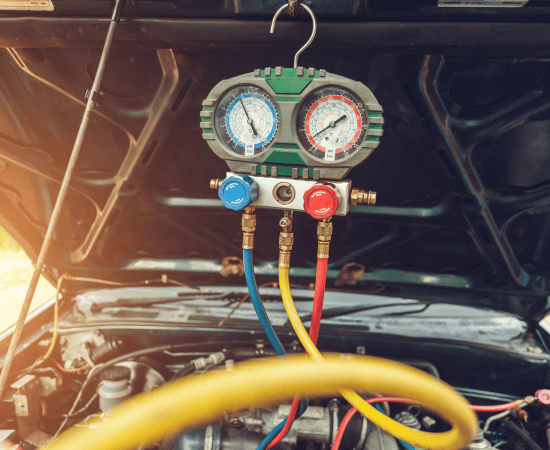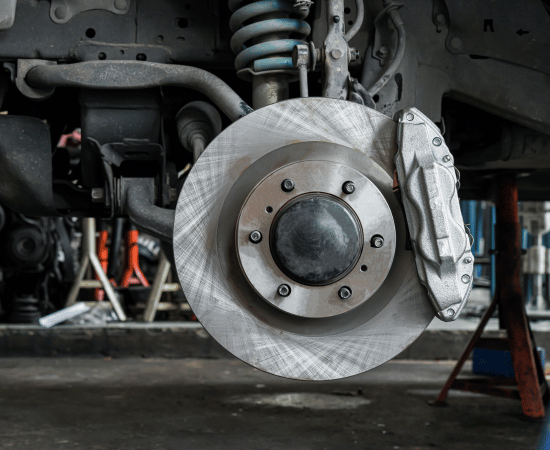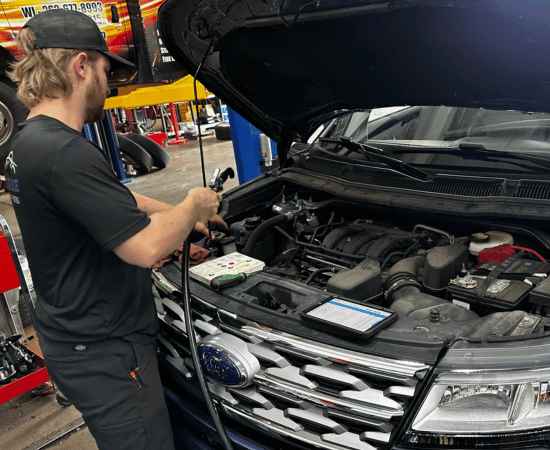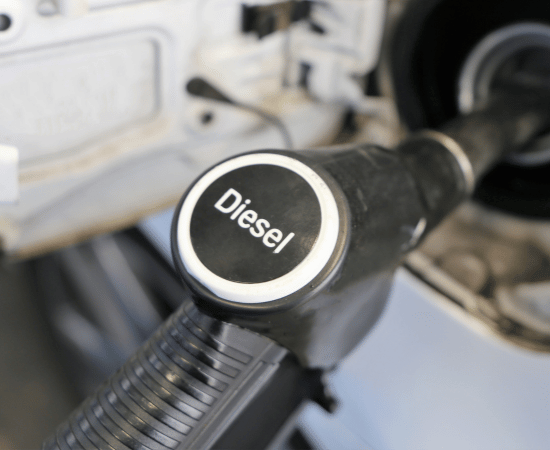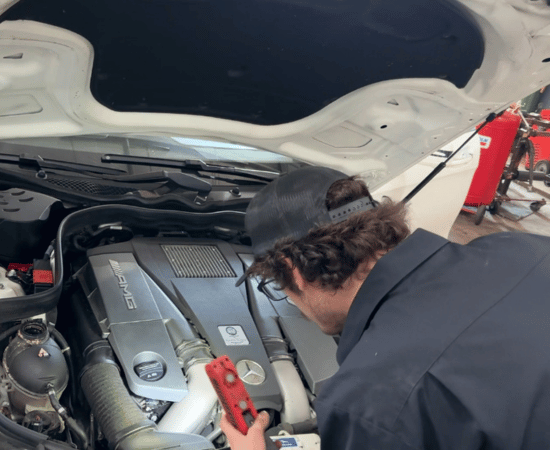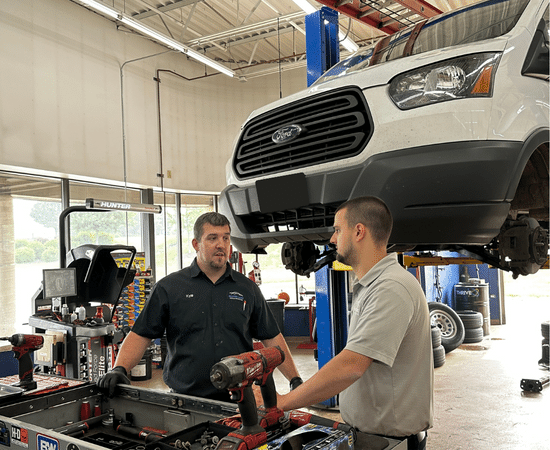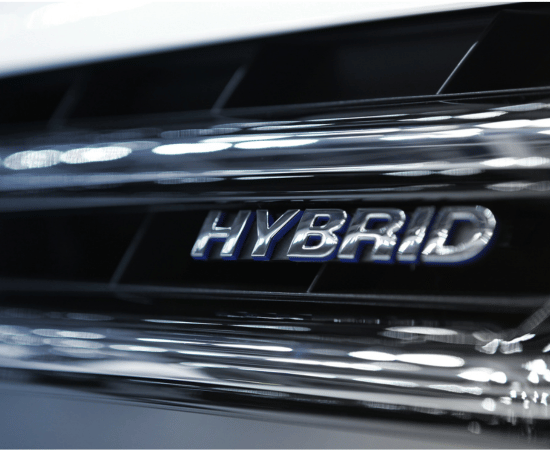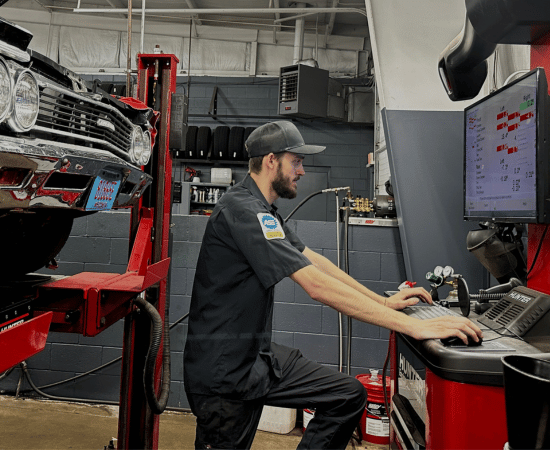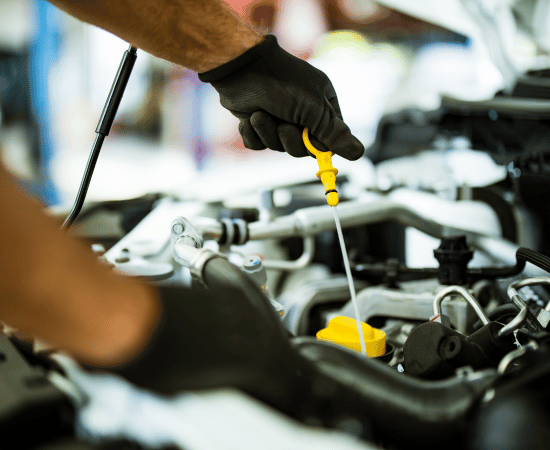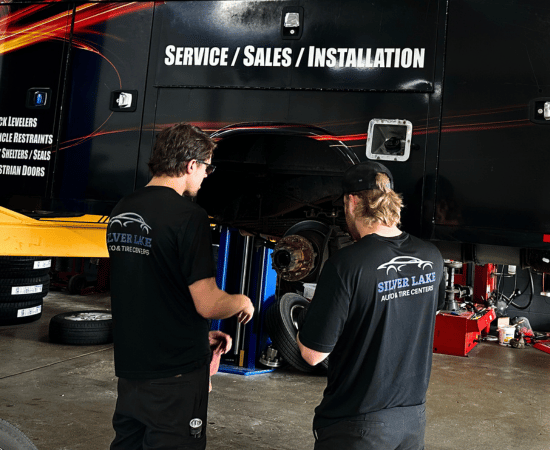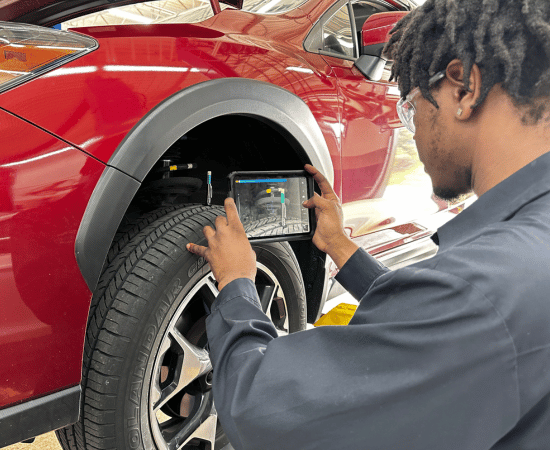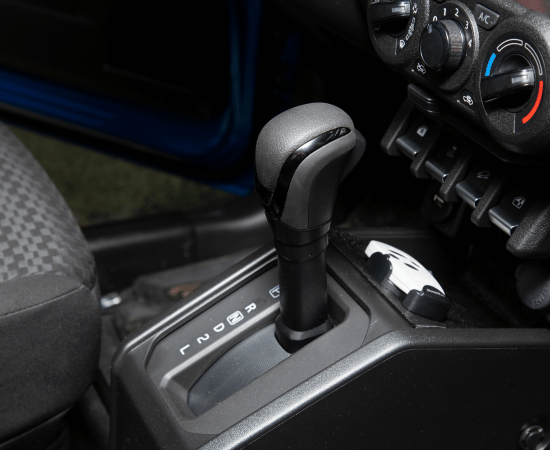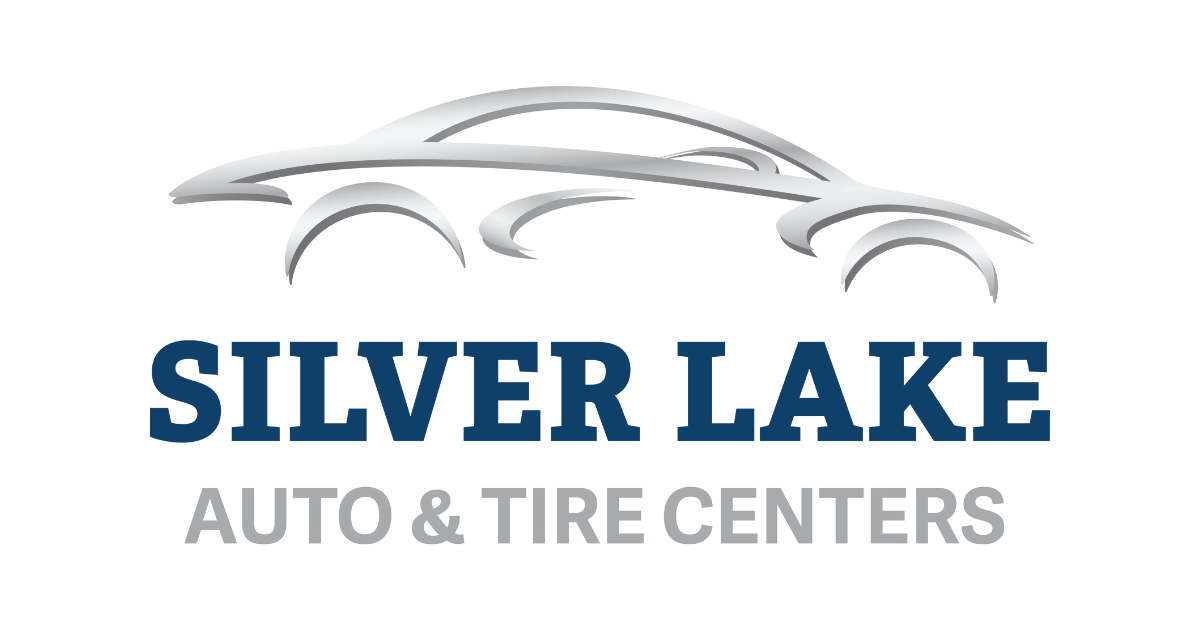Complete Auto Services
We offer a wide range of auto repair services. We handle everything from engine repair, diagnostics, transmission repair, and brakes to electrical systems with precision and care. We understand how crucial a reliable vehicle is to your daily life, so we strive to provide efficient repairs of the finest quality to safely get you back on the road. We are your reliable dealership alternative for auto repair and maintenance.
Regular maintenance is the key to extending your vehicle's lifespan and ensuring it performs at its best. Our comprehensive maintenance services include oil changes, tire services, AC and heating checks, and ADAS calibration. We also provide a courtesy digital vehicle inspection report when you service your vehicle. Our reports provide a transparent and clear understanding of your vehicle's health, staying ahead of potential issues. With you in mind, this can save you time and money from more significant repairs in the future.
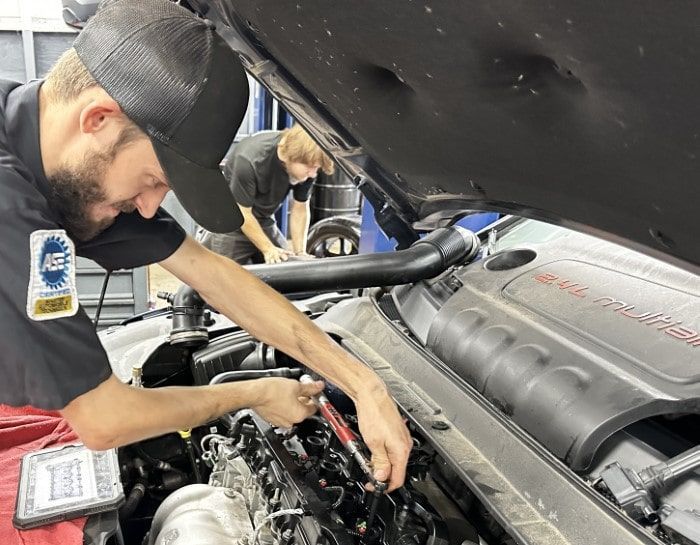
- Expertise: Our ASE certified technicians bring exceptional skill to every job, ensuring high-quality repairs and maintenance.
- Advanced Equipment: Utilizing the latest tools and technology, we deliver efficient and accurate services every time.
- Customer Focused: We're committed to providing a hassle-free experience, prioritizing clear communication, and your complete satisfaction.
- Convenience: With five locations throughout Waukesha County, professional auto repair and car maintenance is always nearby.
Our commitment to excellence has made us a trusted name in auto repair and maintenance throughout Waukesha County. No matter where you are, Oconomowoc, Hartland, Brookfield, New Berlin, or Muskego, you can count on Silver Lake Auto & Tire Centers for all your automotive needs. Experience the difference quality service can make. We exist to serve because you deserve better.
Your Choice for Expert Automotive Care
Courtesy Loaner Vehicles

ASE Certified Technicians

24/7, 365 TOWING SERVICES
FREE VEHICLE PICK-UP & DELIVERY SERVICE
After-hours Drop-off
Key Programming
Free Chauffeur Service
3-Year/36k-Mile Warranty

Convenient Digital Payment Options

Your Choice for Expert Automotive Care
After-hours Drop-off
Key Programming
Free Chauffeur Service
3-Year/36k-Mile Warranty

Convenient Digital Payment Options

FREE VEHICLE PICK-UP & DELIVERY SERVICE
24/7, 365 Towing Services

Courtesy Loaner Vehicles

ASE Certified Technicians
3-YEAR/36K-MILE WARRANTY
Key Programming
24/7, 365 TOWING SERVICES
ASE CERTIFIED MECHANICS
Courtesy Loaner Vehicles
AFTER-HOURS DROP-OFF
FREE CHAUFFEUR SERVICE
CONVENIENT DIGITAL PAYMENT OPTIONS
FREE VEHICLE PICK-UP & DELIVERY SERVICE
Customer Convenience Is What We’re All About
Live life uninterrupted with our convenient ride service options. We offer vehicle pick-up/delivery from work or home, free ride service after drop-off, or a loaner vehicle to have a set of wheels.
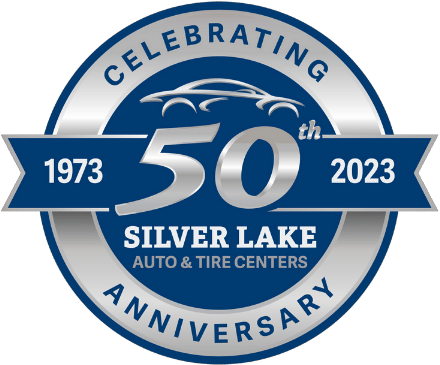
Our Locations


Our Locations
Silver Lake Auto & Tire Centers
